Seville is the provincial capital of the same name and the capital of the whole region of Andalusia, which is an autonomous region in southern Spain.
This region is one of the most fascinating and exotic in Spain and treasures within it UNESCO World Heritage Sites.
Seville, its capital, is the fourth largest city in Spain.
Scattered throughout the city are many monuments indicating 2,200 years of diverse and rich history and yet the city is a living and vibrant city and can be experienced in its bustling streets, open spaces, tapas bars and plank clubs scattered throughout it.
The Santa Cruz district is the historic city and in part of it was for some time the Jewish quarter.
Towards the end of the 13th century, when the Christians conquered the city from the Muslims, the Jews were allowed to settle in this district and were even allowed to turn a number of mosques into synagogues, which after their expulsion in the 14th century became churches. Two of them exist to this day: the Iglesia de Santa Maria la Blanca and the Iglesia de San Bartolome.
The Jewish Quarter is a maze of colorful alleys and small squares with restaurants, cafes and shops.
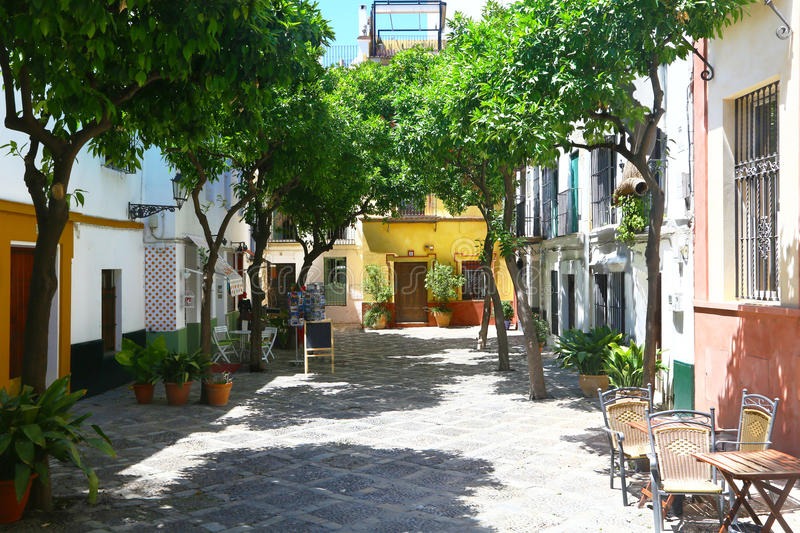
In the district of Santa Cruz are located some of the important monuments in Seville.
The Cathedral of Seville was built on the ruins of a mosque that stood on the same site. The church building is considered the largest Gothic structure in the world and has been declared a UNESCO World Heritage Site.
Inside the cathedral is also the tomb of Christopher Columbus , who left Spain to discover worlds.
The mosque's minaret remains standing and is today used as the church's bell tower and is known as the Giralda
At the top of the tower is a 4 m high bronze statue representing a faith and known as: Giraldillo. The statue rotates with the wind and hence got its nickname Giralda which means: Saturday.
It is recommended to climb to the top of the tower to observe the city.
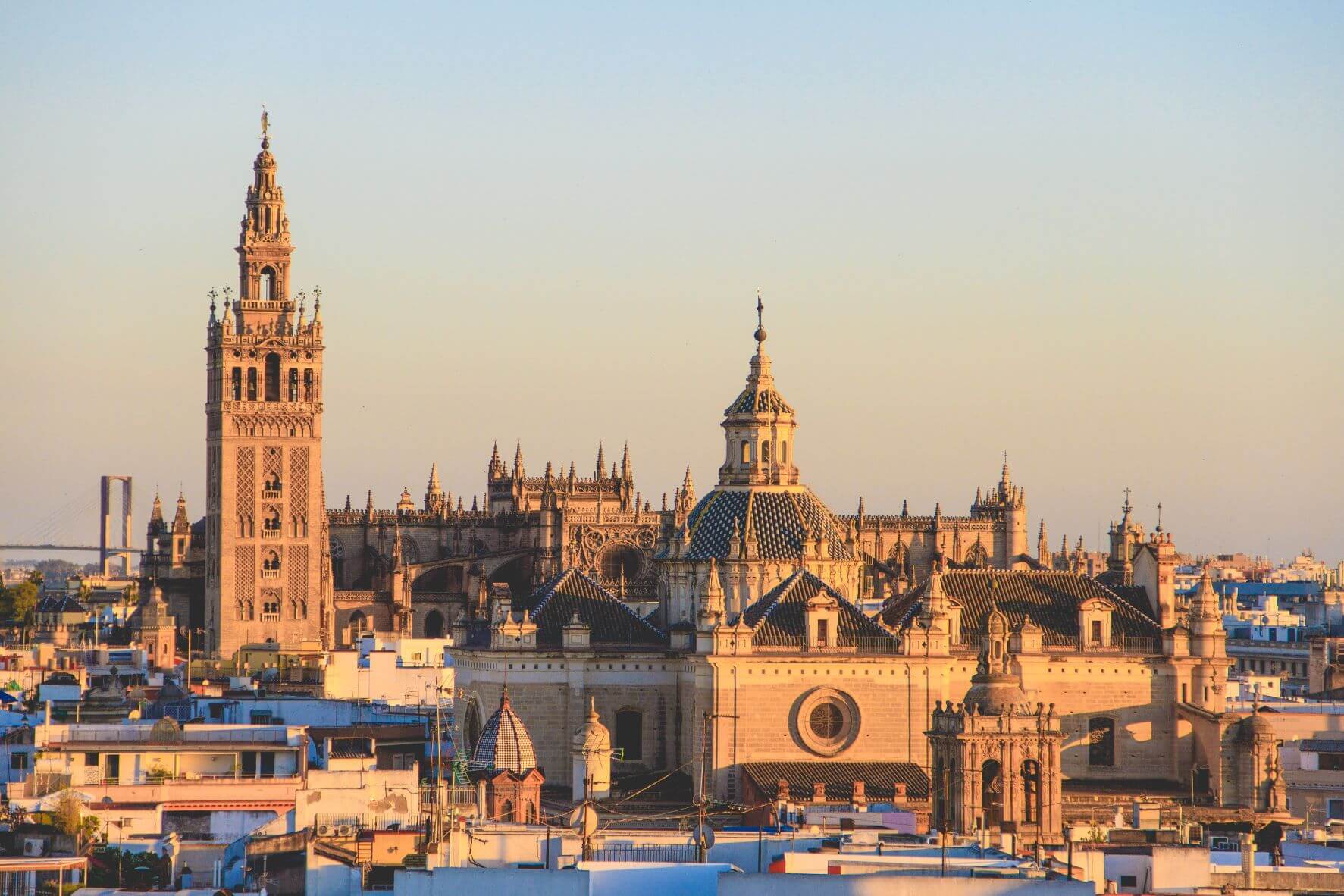
The structure of the Royal Palace of Seville is built in the Mughar style that combines Muslim elements in Gothic and Renaissance architecture and is typical of the Iberian Peninsula.
The palace has been declared a World Heritage Site by UNESCO and is one of the oldest palaces in Europe still in use by the King of Spain who resides there when he comes to visit the area.
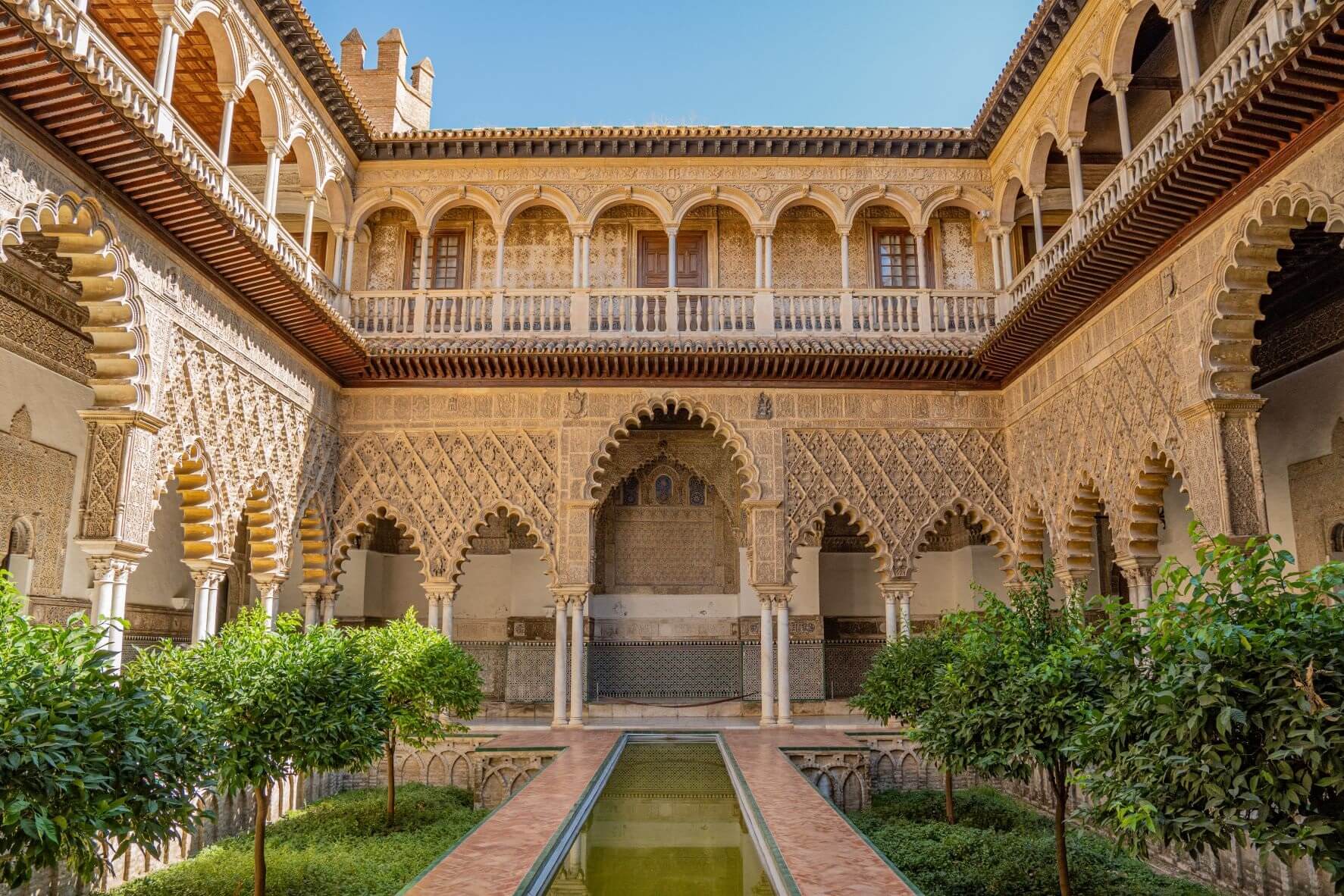
The magnificent structure was built in the 16th century as a meeting place and business for the Ravip merchants who visited the city at a time when the port on the Guadeloupe River was active and through it the Spaniards set out to discover worlds and bring goods to distribute throughout Spain.
Over time the river became shallow and large ships could no longer sail it. The port moved to Cadiz which lies on the beach and the merchants disappeared from the city.
The building was abandoned and began to crumble until in the 18th century the King of Spain decided to turn it into an archive that would house all the documents documenting the days of the Spanish Empire.
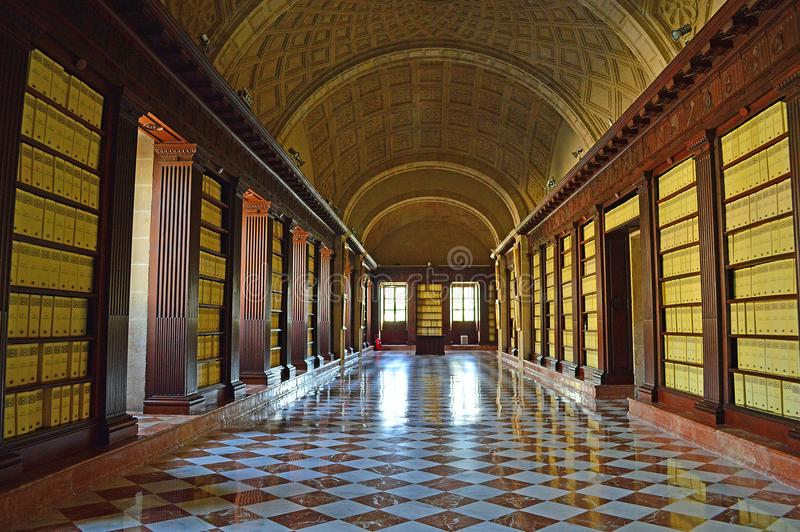
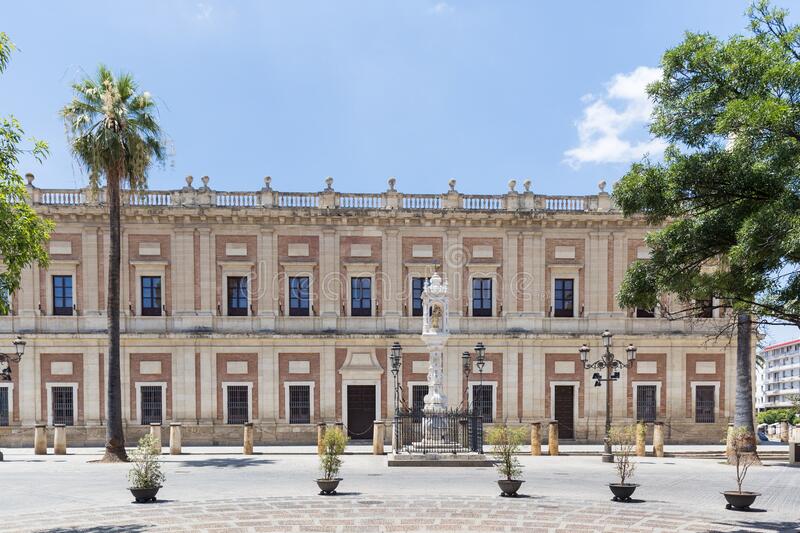
Scattered in the new parts of the city are a number of other sites worth visiting.
Spain Square is the most famous square in Seville.
In 1929 a large exhibition was held in the city with the aim of symbolizing peace with the former Spanish colonies. A number of buildings were built as part of the exhibition and this is the most impressive structure left.
The square is bordered by semicircular buildings, most of which are inhabited by government ministries.
At the foot of the buildings are placed 52 benches covered with Andalusian ceramic tiles and symbolizing the 52 Spanish provinces.
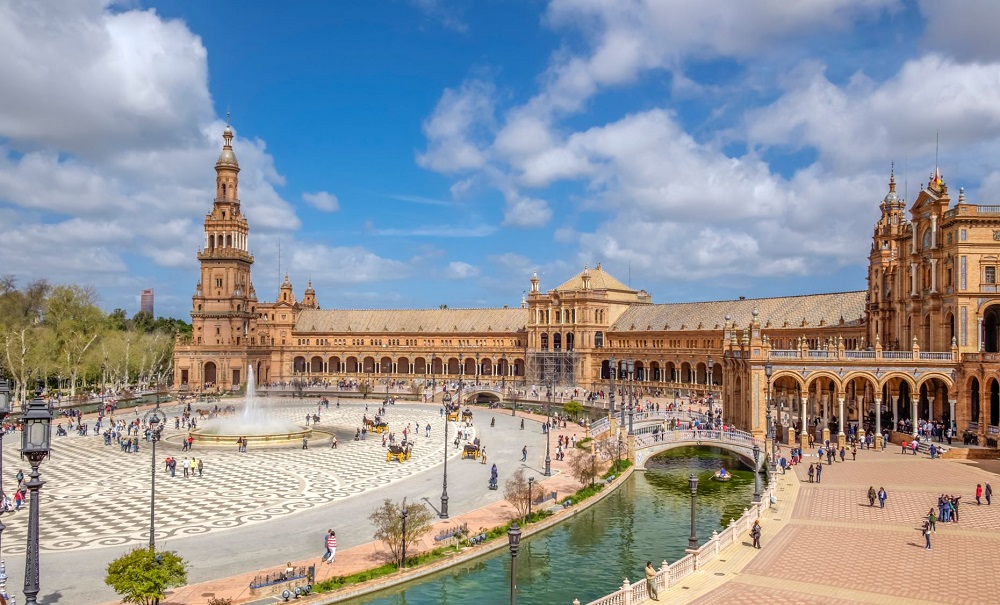
Near the Square of Spain is the Parque de Maria Louisa where there are several other buildings from the exhibition and is a calm and shady place to rest during the tour of the city.
On the banks of the Guadeloupe River is another landmark of the city: the Golden Tower.
This tower was built in the 12th century by the Muslims as part of the city's defense system.
It was later used to store goods that came by merchants who came from the colonies and also as a prison.
Today it houses the Maritime Museum.
From the tower a beautiful view towards the river.
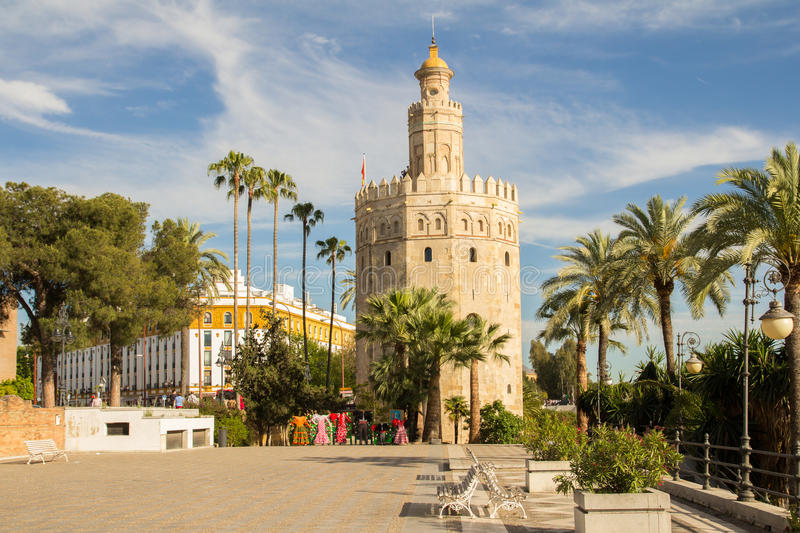
On the other bank of the river is the Triana district which can be reached via the Second Isabel Bridge (Puente Isabel II).
There are no special monuments here and you will not meet many tourists here but this is the authentic place in the city, from here came bullfighters and flamboyant dancers, pleasant to walk around its colorful alleys and feel the local atmosphere, especially at night.
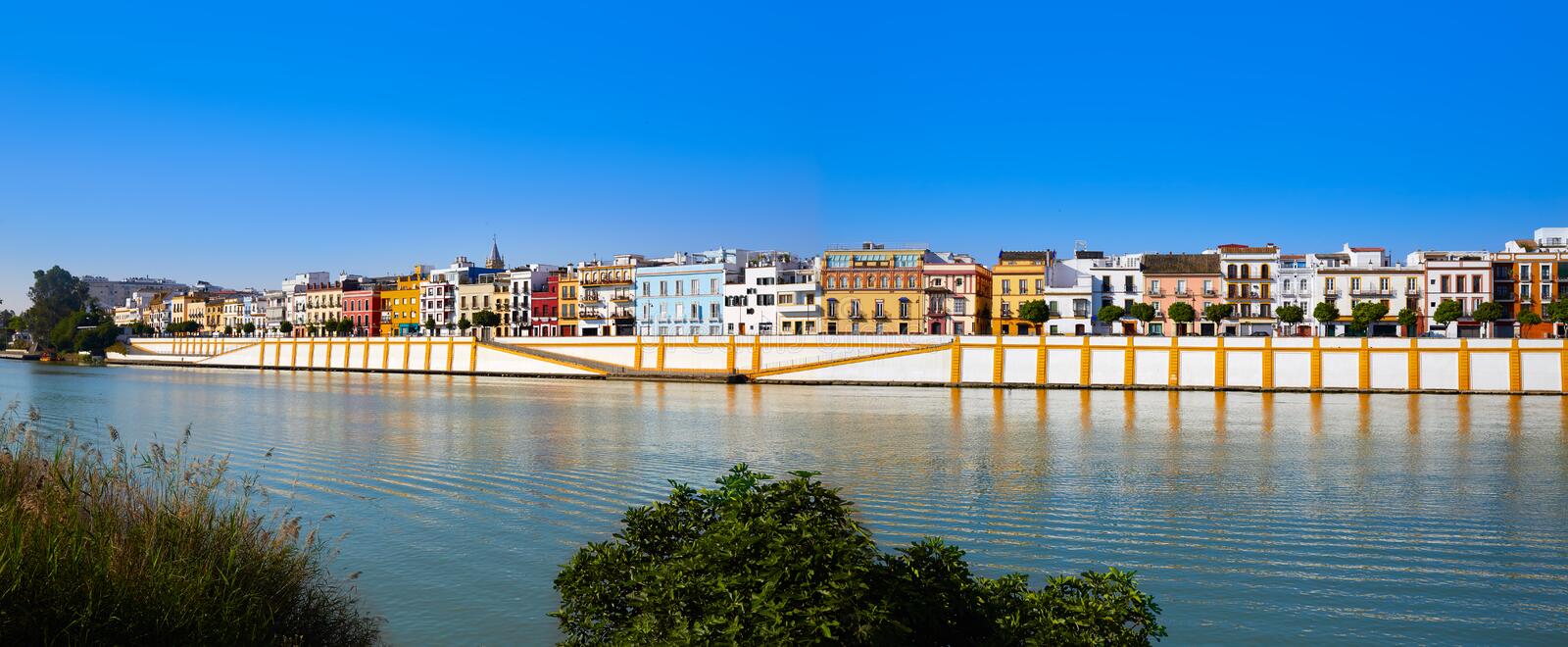
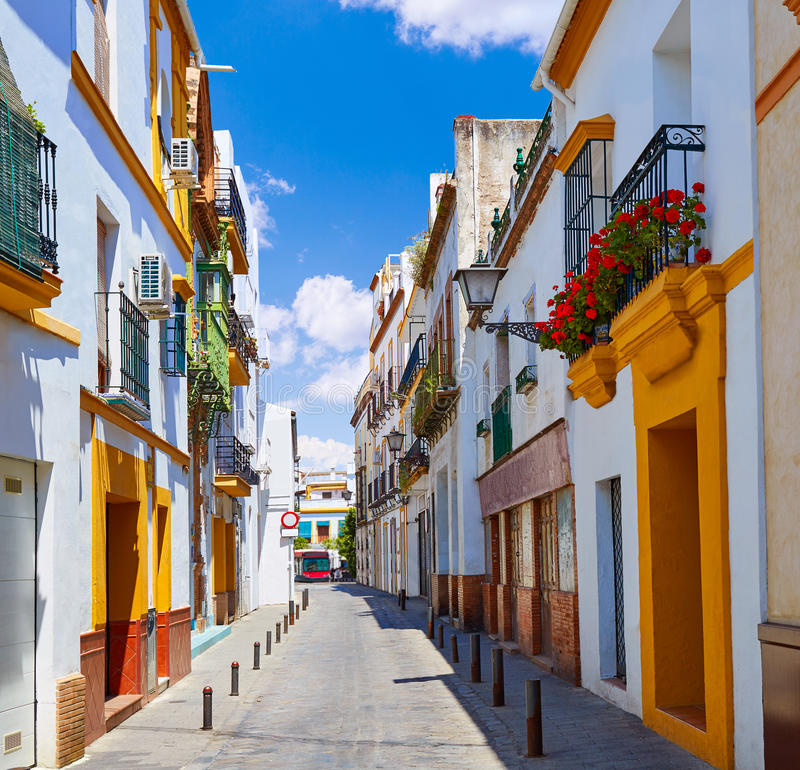
The Triana district is also the center of the Flamco in Seville and here you will want to come and watch this ancient and exciting traditional show.
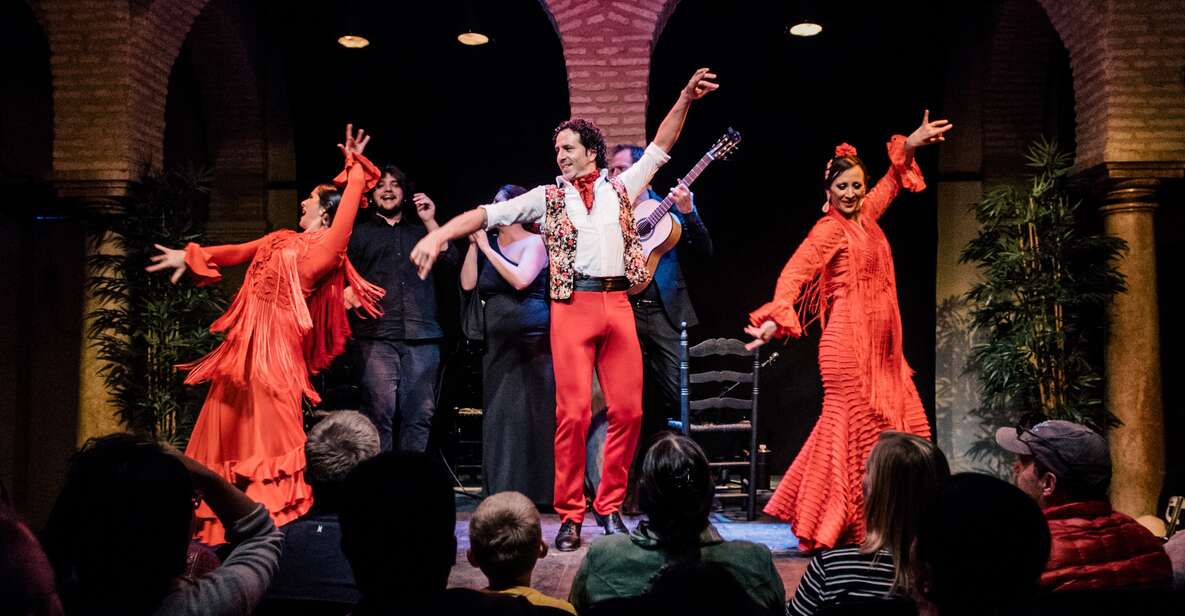
************************************************** ************************************************** **
If you have decided to stay in Seville, you are welcome to download the app or enter the website and choose a hotel in Seville according to your wishes.
And if you want to spend a night in a 14th-century palace (renovated and restored), look for the Parador de Carmona , not far from Seville.
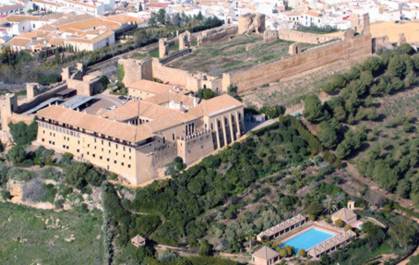
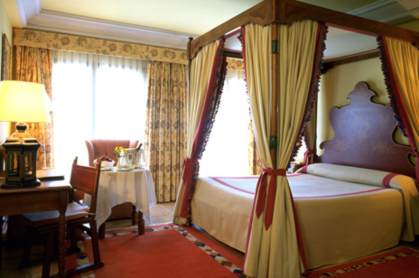
The Paradors are luxury hotels, housed in historic buildings throughout Spain that served as palaces, castles, forts and even prisons. They offer magical views and exceptional hospitality and it is definitely recommended to combine accommodation in at least one of them during a trip to Spain.
If you are continuing your trip in Andalusia, feel free to read about Cordoba and Granada
Your email address will not be published. Required fields are marked with *